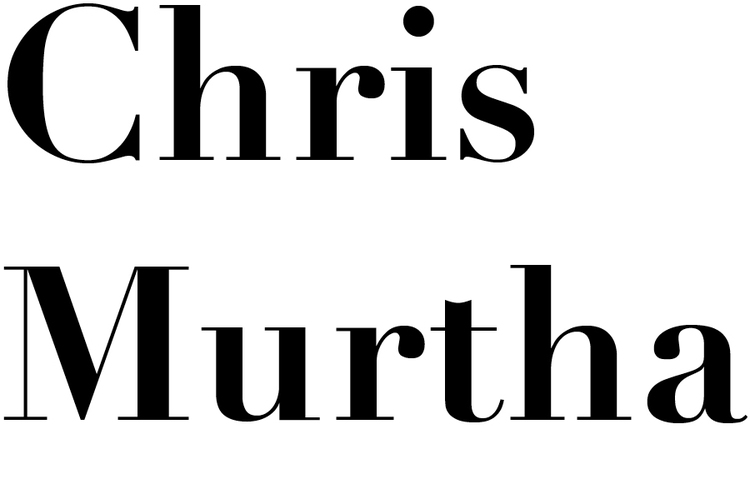For her fifth solo exhibition with Elizabeth Dee, Miranda Lichtenstein presents a photographic study of Josh Blackwell’s sculptures. Blackwell, who recycles disposable shopping bags into sculptures via ironing, stitching, cutting, and painting, functions as both muse and collaborator. The two worked together to create a sculpture that translates Blackwell’s work into a two-dimensional floor installation—a carpet of stitched and embroidered images—that is exhibited along with Lichtenstein’s vibrant, painterly photographs.
The flatness of the images and condensed layering bring to mind Lichtenstein’s “Screen Shadow” series, for which she used patterned Japanese papers to obscure and illuminate staged still lifes. Here, she uses Blackwell’s plastic bag sculptures, which she photographed in studio settings over the course of two years, as her raw material. Though the sculptures have their own distinct formal qualities, Lichtenstein uses various backdrops to create ambiguity between the sculpture and her photographic construction.
Lichtenstein, whose still life photographs I included in “Nature Morte,” frequently examines the photographic process using conventional genres and techniques. Here she is working within the tradition of photographers that have documented the work of their contemporaries. The title of the show, “more Me than mine,” combined with the repetition of the phrase “Thank You” on the shopping bags, suggest that Lichtenstein saw something in Blackwell’s work that was absent from her own. Their individual approaches come together in the collaborative floor piece, an arrangement of scanned and cut images of Blackwell’s sculptures that expands both of their practices.
On view through December 19
Elizabeth Dee
545 W 20th Street | Chelsea
www.elizabethdee.com
Top and bottom: Installation views, Miranda Lichtenstein, “more Me than mine,” Elizabeth Dee, NY. (Photos: Chris Murtha)
"On View" posts highlight current exhibitions featuring exhibited artists.



